 |
|
| About Us | Contact | Services ˬ | Request Quote | Repairs | AG Support |
 |
|
| About Us | Contact | Services ˬ | Request Quote | Repairs | AG Support |
| Autonomous Car & Truck | | | | Aviation Harness | | | | Connector Carbon Fiber | | | | Custom Automotive Harness | | | | Electric Car Components | | | | Electric Vehicle Harness | | | | Electrical Connector |
|
|